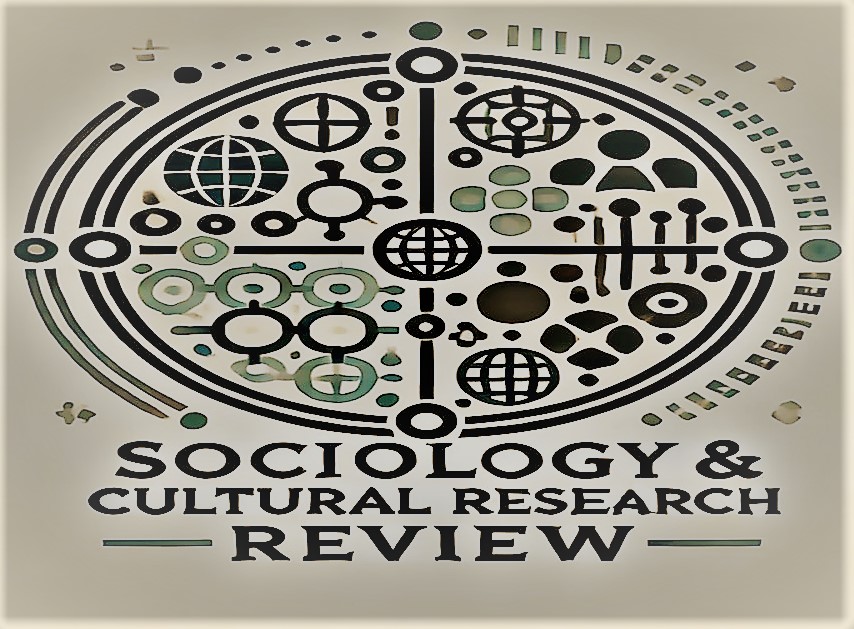Impact of School Leadership on Teacher’s Motivation and Performance in Secondary Schools of the Punjab
Abstract
School leadership is a significant factor associated with teacher motivation as well as performance, particularly in secondary schools, where high stakes testing is a norm, varied student needs and large class sizes are also the norm. The study will examine the impact of school leadership styles on motivation and performance of teachers with a focus on transformational, transactional and laissez-faire leadership. Quantitative study path was adopted where orderly questionnaires were issued to 200 secondary school educators in 10 schools. In the study, Multifactor Leadership Questionnaire (MLQ) will be employed to test leadership styles, Teacher Motivation Scale (TMS) to test motivation and Teacher Performance Evaluation Scale (TPES) to test performance. The relationships between leadership styles to teacher outcomes were explored by the use of descriptive and inferential statistical methods such as correlation analysis, and regression analysis. Teachers motivation and performance through transformational leadership are greatly enhanced, and the correlation coefficients are 0.72 (p < 0.01) and 0.68 (p < 0.01), respectively. Transformational leaders also motivate and enable the teachers to improve their intrinsic motivation and professional development through the creation of a shared vision, providing intellectual stimulation, and personal support. There is a small positive relationship between transactional leadership, motivation of teachers (r = 0.35, p < 0.05) and their performance (r = 0.30, p < 0.05). Nonetheless, it is not as effective in maintaining a long term commitment due to the use of rewards and penalties. The non-proactive styles of leadership were found to have a reduction effect on the teacher motivation ( r = -0.45, p < 0.01) and performance ( r = -0.40, p < 0.01). The school culture is also found to influence the relationship between leadership and teacher performance as highlighted in the study. School culture, founded on principles of cooperation, trust, and shared mission, enhances the motivational level and the performance of teachers as it creates a sense of belonging and belonging to something. Nevertheless, these achievements can be undermined by administrative needs and resource constraints that teachers of secondary schools face, despite good leadership. Adjusting leadership skills, among others, such as focused skills development and alleviation of administrative loads are essential in curbing these challenges and fostering the wellbeing of teachers. With real-life implication to school leaders, law makers and teachers, the implications of the findings of this study are crucial. In an attempt to enhance teacher performance and motivation, school leaders are expected to focus on an effective leading style such as transformational leadership and bring about an effective school culture. The policymakers are advised to invest in leadership training and promote the well-being of teachers through new laws that lead to an acceptable workload and the freedom of mental health. Instead, educators are supposed to undergo continuous learning and teamwork to develop their work capabilities and advance favorable management.
Keywords: School Leadership, Secondary Schools, Transformational Leadership, Teacher Motivation, Teacher Performance




